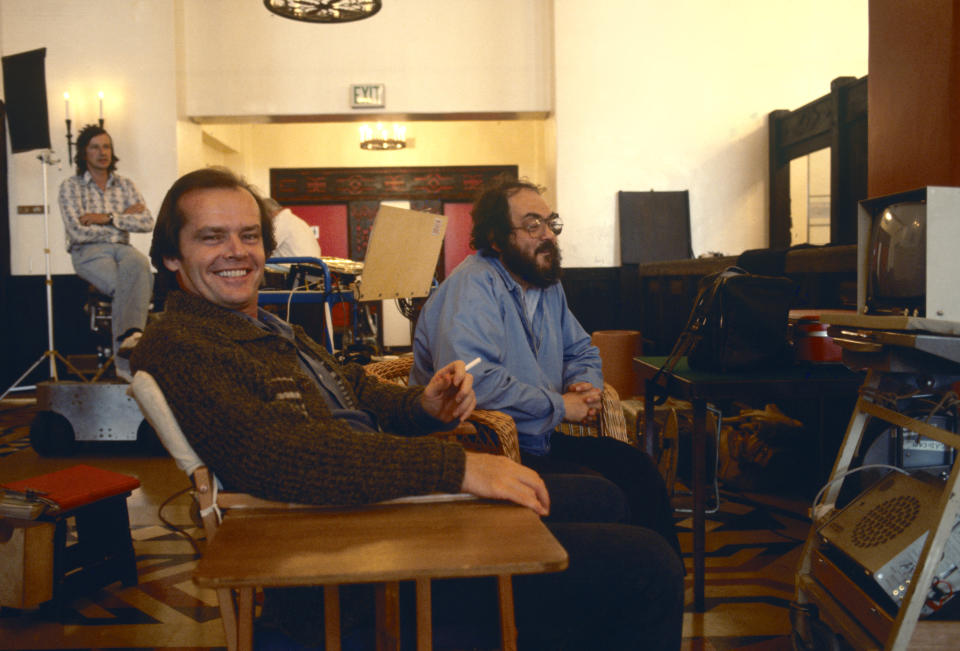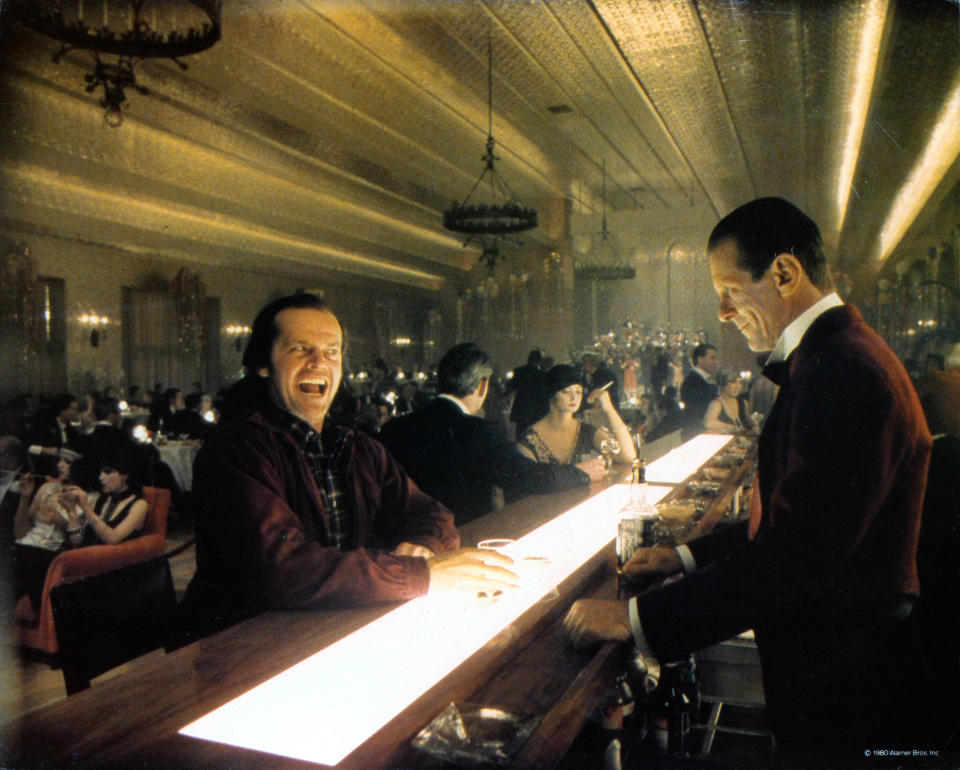Was Stanley Kubrick's 'The Shining' his moon landing confession?

This week marks the 40th anniversary of the release of Stanley Kubrick’s adaptation of Stephen King’s The Shining into North American cinemas.
It’s considered a seminal piece of filmmaking (except by King, who famously hated it), and was followed by a sequel Doctor Sleep in 2019, but its an unusual film, disorientating, full of symbolism and oblique references.
It’s perhaps because of this that an unusual fan theory exists around the true meaning behind the film: that it was Stanley Kubrick’s way of admitting that he helped NASA fake the moon landings in 1969.
The theory

There are several bonkers theories on The Shining, nine of which are detailed in the excellent documentary, Room 237. The Shining is the perfect film onto which to project such theories, because a) Stanley Kubrick was incredibly detail-oriented and never left anything to chance, and b) Stanley Kubrick is dead, therefore unable to disprove any of the crackpot conspiracies you’d care to sling at his movies.
Read more: Why did Stephen King hate The Shining?
Several theories detailed in Room 237 are interesting, including a claim that the Native Americans on the hotel’s food cans suggest an underlying theme of American imperialism, and an interesting dissection with a dolly cam that proves that the spiralling architecture of The Overlook Hotel is, in fact, impossible. One theory, however, outdoes all the others in terms of lunacy: theorist Jay Weidner claims that Stanley Kubrick littered The Shining with clues to suggest that he filmed the fake Moon landing for NASA in 1969.
I’ll just let that breathe a little. It’s a conspiracy wrapped in a riddle wrapped in an enigma. But is it true?
Humour us.
The evidence

Deep breath. Weidner believes that NASA were so desperate to beat Russia in the space race, they contacted director Stanley Kubrick to shoot a fake landing, so they could at least appear to have beaten them to the surface of the Moon. The evidence for this, says Weidner, is that there are apparent signs of the lighting technique known as 'front projection’ in the infamous NASA Moon landing video, which Kubrick had pioneered for use in movies like 2001: A Space Odyssey.
The Shining, released 11 years after Neil Armstrong walked on the 'Moon’, is heavy with symbolism that suggests Kubrick was confessing his 'secret’.
Symbolism like…
Little Danny Torrance is wearing the film’s biggest clue: a jumper with the Apollo 11 rocket knitted right into the pattern. It’s hardly subtle and suggests that Kubrick really wasn’t doing such a great job at keeping quiet.

One change from Stephen King’s book that Kubrick saw fit to make was to change the number of the iconic room in the Overlook from Room 217 to Room 237. The reasons for this are obvious, apparently: the average distance between the Earth and the Moon is 237,000 miles. Room 237 represents the fake lunar landing set, The Overlook Hotel represents America and Danny, who approaches the room, represents Stanley Kubrick’s artistic side. Still following? Good. Because it gets weirder.

The page that Jack leaves behind at the typewriter? Cast iron proof that Kubrick faked the Moon landing. Where you see the word “All”, as in 'All work and no play makes Jack a dull boy’, Weidner sees “A11”, short for Apollo 11. Apparently, this line is an insight into Kubrick’s mental condition: that working on the Apollo 11 'project’ and having to keep it a secret has made him go a little crazy. Obvious, really.
If Jack Torrance represents Kubrick, then Shelley Duvall’s Wendy represents Kubrick’s own wife, Christina. The scene in which Wendy confronts Jack about his behaviour and suggests he has to quit has parallels with Kubrick’s own secret. Jack’s response? “That is so typical of you!… I’ve made an agreement… I have obligations to my employers!” It’s so blatant! Wake up, sheeple!

Weidner also claims the iconic hexagonal pattern found on the carpets in the Overlook Hotel were designed specifically to reference the Apollo 11 launching pads. This is how Kubrick effectively owns up to his engineering of the biggest fakery in human history: via carpet samples.
Read more: How Kubrick made the lifts bleed in The Shining
Weidner didn’t stop at room numbers and carpet patterns. He claims that the fact Danny sees the corpses of twins is a reference to 'Gemini’, the NASA missions before Apollo. There were seven Apollo space missions, but only six landed; in the hotel lobby, there are six crates of soft drink 7-Up. Dick Halloran comes from Florida, which is where Apollo 11 was launched. The owner of the hotel has an eagle on his windowsill; the Apollo 11 lunar module was nicknamed 'The Eagle’. The truth is out there! If you look hard enough!
The verdict

It’s tempting to instantly dismiss this as twaddle, and… well, we are going to dismiss it as twaddle, because it’s a flagrant case of over-analysing – if you search long and hard enough for something, you’ll start seeing the results you want to see. Rather like how some claim Pink Floyd’s Dark Side Of The Moon syncs up perfectly with The Wizard Of Oz (it doesn’t, at all), the idea of the Kubrick Moon landing theory is so much fun you can’t help but entertain it. Once you open yourself up to the idea, your findings are coloured.
But yes. No. Obviously Stanley Kubrick did not fake the Moon landings for NASA while shooting 2001: A Space Odyssey and did not confess his secret in the form of The Shining.
We feel we can say this with no small amount of conviction.
Room 237 is streaming on Amazon Prime Video UK.

 Yahoo Movies
Yahoo Movies 
